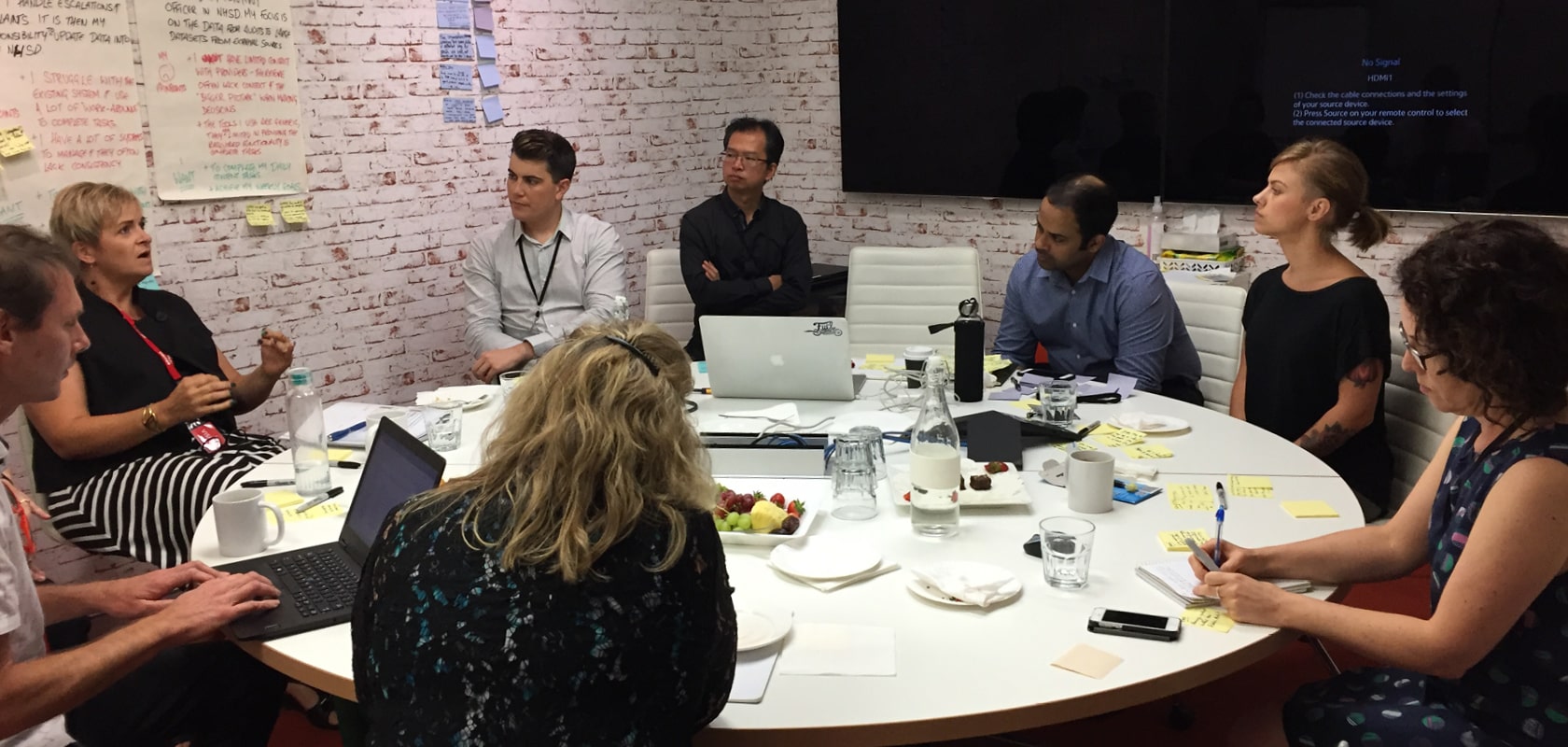
Key points
- Healthdirect Australia wanted to apply a human-centered design approach to the re-build for the National Health Service Directory (NHSD).
- In response, we ran a 1-day Framing Workshop to identify, align and prioritise the challenge(s), followed by a 5-day Design Sprint, which included interviews with stakeholders, prototype building, and testing sessions.
- Feedback was incredibly positive. The team generated and validated potential opportunities.
- They now have the tools to incorporate Design Sprints into the culture of the organisation.
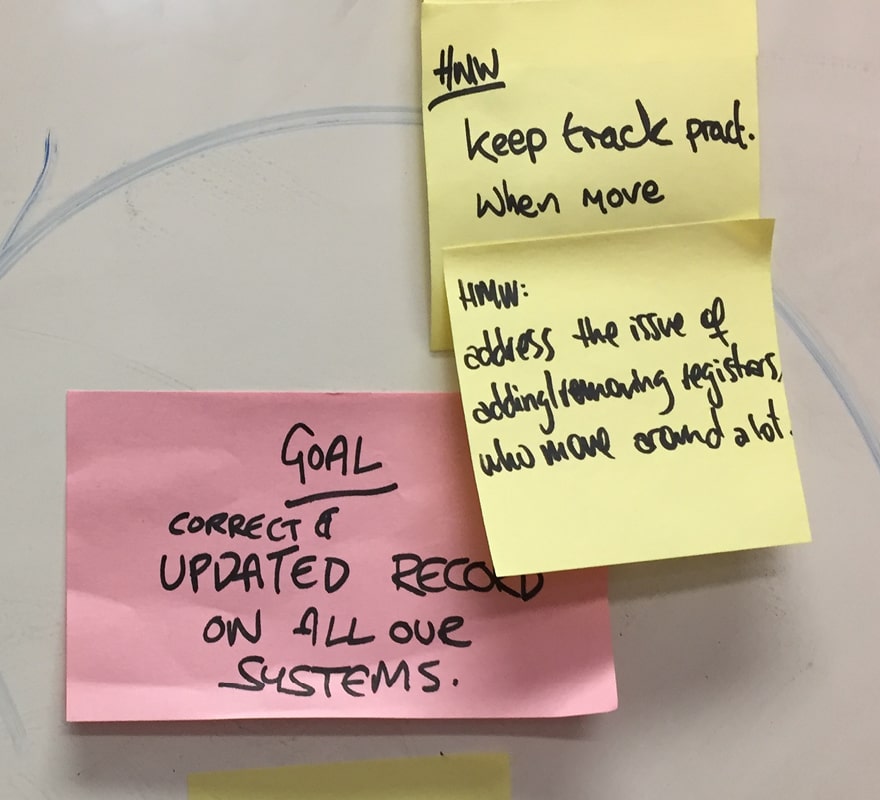
Their brief to us
Facing an imminent platform rebuild, Healthdirect Australia wanted to use the Design Sprint program to understand how this technology change would impact both internal and external stakeholders. The organisation had long wanted to incorporate human-centered design into their culture, so this achieved two goals at once: it allowed the team to articulate a vision for the future by putting their users first, and it sparked conversations about how to incorporate Design Sprints at scale to the larger NHSD project to drive decisions.
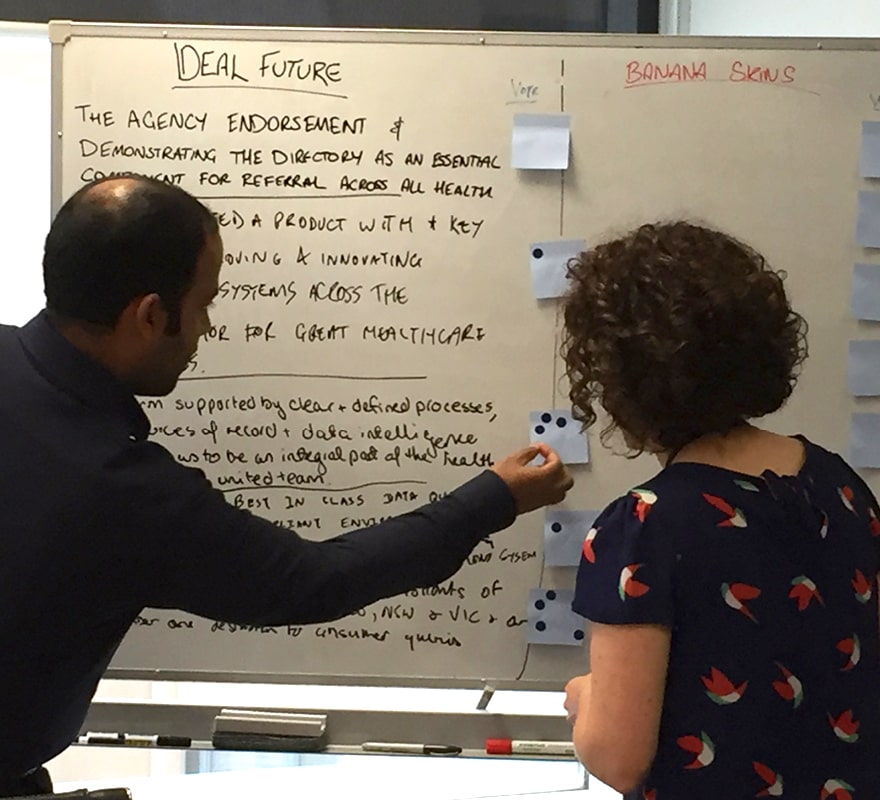
What we did
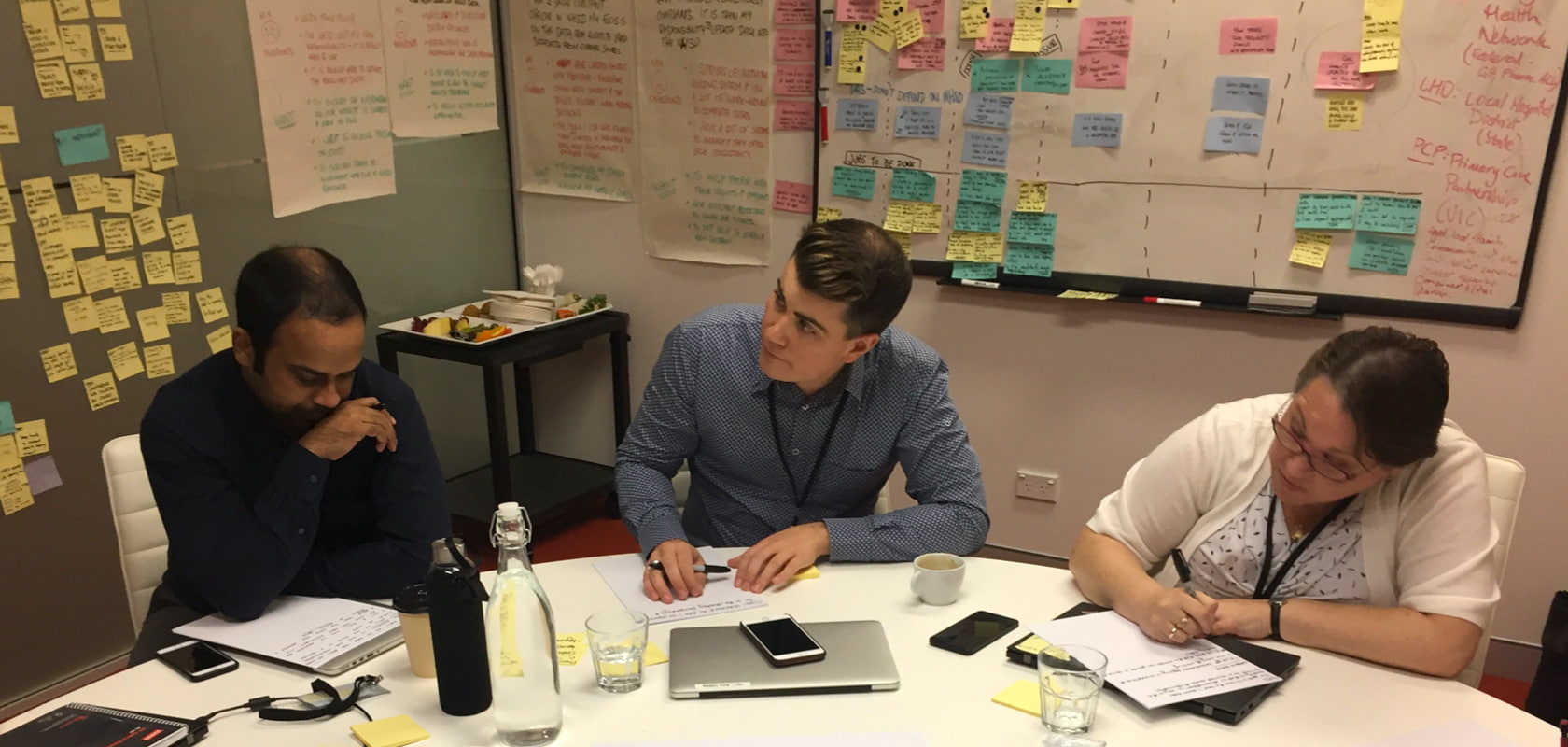
We started by clarifying the expectations of each business unit. We did this through an initial stakeholder survey, followed by a 1-day Problem Framing Workshop, allowing the team to agree on a long term goal for the project. These early team exercises also meant we could identify potential obstacles that could prevent success.
We consolidated these insights into themes and re-framed the highest priority questions as Sprint Questions. These included questions like: “Will I know how to perform my job with the new management system?” and “How might we incorporate user testing into our process?
Once we had a clear direction, a list of priority questions and an understanding of potential blockers, we kicked-off the Design Sprint process. We started by bringing in key stakeholders to learn their job tasks and the role of the NHSD for them. This knowledge-share opened up a new dialogue and for many, it was the first time that the team and the customers had interacted face-to-face.
Our goal was to design and test a very simple flow that addressed many of the existing problems, which we could use as an opportunity to incorporate some bigger thinking concepts to get feedback and see if they were ideas worth pursuing.
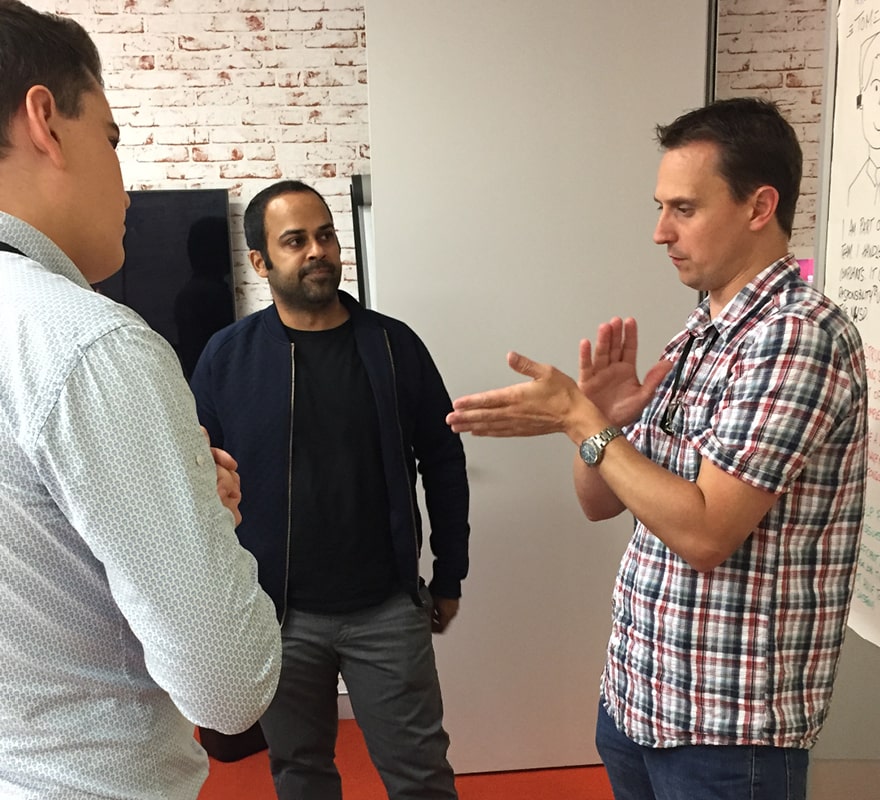
The Result
The Design Sprint was an overwhelming success. The team loved that it allowed them to set aside everyday demands and focus on the problem at hand. It also pushed them to work quickly, decisively, and understand problems from their stakeholder’s point of view.
As a result of the Design Sprint, the team was able to co-create a roadmap that incorporated projects to help resolve many of the issues and opportunities highlights during the program. These included; a change management program to create common language and way of working nationally, a review of the user experience and workflows to align with the way people work. As opposed to forcing them to adapt to a clunky system that doesn’t fulfil their requirements.
They have since conducted shorter follow-up Design Sprints to revise and consolidate the prototypes to a single approach influenced by learnings from the program.


